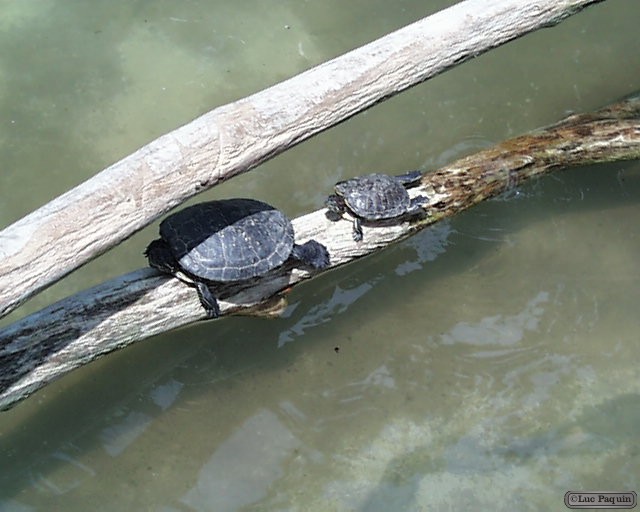Year: 2003 (October 30, 2003)
11″ x 8.5″
Media: Canon® Pro Platinum High Gloss Photo Paper
Printers: Canon® PIXMA
Color
Art: Photo
Artist: Luc Paquin
Zoológico de Chapultepec
During the period from June 24, 1992 and August 1, 1994, Chapultepec Zoo was completely remodeled through the project “Ecological Rescue Chapultepec Zoo.” A multidisciplinary group including experts in various areas such as designers, engineers, biologists and veterinarians worked in all aspects of the project, seeking to cover the four major objectives of a modern zoo, i.e., recreation, education, research and conservation of wildlife . For over seventy years, the exhibition was classified according to the taxonomic groups: primates, felines, canines, herbivores, birds, reptiles, etc.. The concept has changed to reflect the fact that the animals live together in nature, so now are grouped by bio-climatic zones according to their natural habitat. There are four climates, cold and wet (temperate forest and coastal), cold and dry (grassland), hot and humid (tropical rainforest) hot and dry (arid and savanna). Mexico has all these regions, and at the beginning of each exhibit animals native to the country are exhibited. Exhibits were built trying to recreate a natural habitat for each species, which gives visitors a better understanding of nature and provides the animal enrichment.
Turtle
Turtles are reptiles of the order Testudines characterised by a special bony or cartilaginous shell developed from their ribs and acting as a shield. “Turtle” may refer to the order as a whole (American English) or to fresh-water and sea-dwelling testudines (British English).
The order Testudines includes both extant (living) and extinct species. The earliest known members of this group date from 157 million years ago, making turtles one of the oldest reptile groups and a more ancient group than snakes or crocodilians. Of the 327 known species alive today, some are highly endangered.
Turtles are ectotherms-their internal temperature varies according to the ambient environment, commonly called cold-blooded. However, because of their high metabolic rate, leatherback sea turtles have a body temperature that is noticeably higher than that of the surrounding water.
Turtles are classified as amniotes, along with other reptiles, birds, and mammals. Like other amniotes, turtles breathe air and do not lay eggs underwater, although many species live in or around water.
Luc

Leave a Reply